Huan Liu is very unhappy with the customer service from WarpSpeed. WarpSpeed is a (made-up) platform that aims at helping influencers share content across platforms in one click.
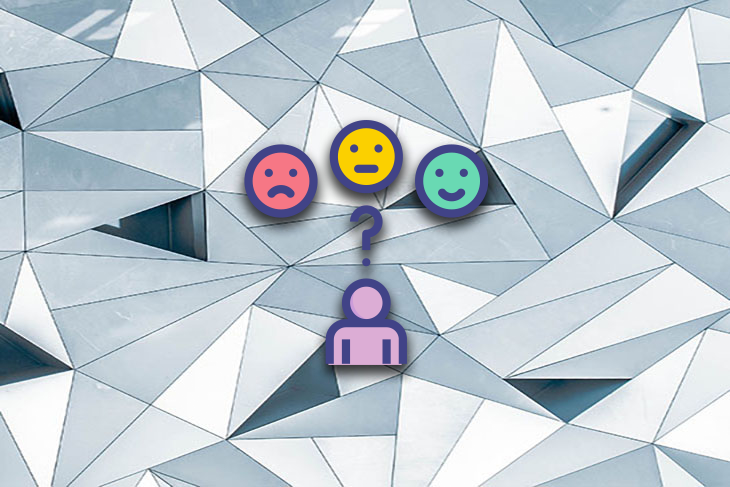
Unfortunately, Huan was unable to get his content posted to Instagram. He reached out to the customer service team, who took three days to come back to him with a response. The response didn’t resolve his issue. It took another week to have the problem resolved. The solution? Deleting the cookies from his browser history.
Huan received a survey where he was asked to share how easy it was for him to have the problem resolved by customer service. You can imagine that his response was extremely negative.
WarpSpeed, though disappointed about Huan’s experience, is happy with the feedback. Why? Well, WarpSpeed prides itself on listening to its customers, to continuously improve the experience and reduce the effort needed when interacting with the platform.
For WarpSpeed, it’s time to roll up its sleeves and improve the customer effort score. In this article, we’ll talk about the customer effort score, why it’s important, and how to use it effectively.
When a customer is dealing with your product, they want all interactions to be smooth and seamless with predictable results. The customer effort score measures this.
CES measures the customer’s ease of doing business with you, be it by using the product, getting an issue resolved by customer support, finding the information you’re looking for, or any other interaction related to the product.
The CES, a single-item metric, is a crucial measurement for determining customer experience. Its objective is to remove all pain points customers face while interacting with your product and give the customer a trouble-free experience
CES is a crucial measurement for determining customer experience. Why?
In the HBR article Stop Trying to Delight Your Customers, CEB researchers talk about the significant impact the amount of effort spent by a customer to, for instance, get their problem solved, has on customer experience. More in-depth insights about the impact of customer efforts on customer experience are found in the book The Effortless Experience.
The insights from both the article and book show us that CES is important because it:

To gain a competitive advantage, you almost have to be a wizard — it requires you to anticipate trends and see into the future. CES is a great way to identify when trends begin to annoy your customers. It also triggers you to brainstorm solutions to mesmerize your customers and have them fall in love with your product.
Loyal customers are those who have the best customer experience. CES helps you understand what the best customer experience means for your target customer and what needs to be done to reach it. This will be great for your overall customer retention.
Easy interactions and an excellent customer service experience increase the chances of customers talking about your product and even referring others to use it.
On the flip side, complex interactions and a slow or rude customer service experience can result in negative reviews and customers talking badly about your product.
Feedback is a gift and data is power. Through CES, you will gain an understanding of the functionalities and services that fall behind customer expectations. It enables you to come up with solutions to turn your customers into raving fans!
Customers appreciate when they can have a say in the direction and development of the product they are so eagerly using. Having the means to influence helps drive engagement, at least that is when you listen and act upon their inputs and insights. Keeping your customers engaged also improves trust and brand loyalty.
A nice little bonus benefit is that a survey to measure the customer effort score is very easy to create and implement.
CES finds itself in the presence of customer experience survey heavyweights, NPS and CSAT.
NPS, created by Bain & Company, aims to measure customer experience and, at the same time, forecast business growth.
CSAT measures how happy and satisfied customers are.
Where both provide a more holistic insight, CES looks at the interaction in a specific part of the process or functionality and measures the ease of user experience.
Deciding when to do something is always pending on the objective of that something. When it comes to CES, the “when” is at all points of interaction with the customer. The objective is to understand the effort the interaction took from the customer and acquire insights on how to improve the experience to reduce that effort.
There are many interesting touch points to sending a CES survey. Some key times are:

Just after a purchase has been made is one of the best times to get feedback. The response you get will draw a clear and accurate picture of customer loyalty.
In addition, in the case of the initial purchase, it provides insights into converting evaluators to paying customers.
In case of an upsell or cross-sell, a CES survey provides insights to identify which other customers are most likely to accept upsell or cross-sell deals and what might influence them to do so.
To even have the chance of turning an evaluator of your product into a beginning user, making the onboarding process as seamless and effortless as possible is key.
Customer support is an ambassador of your brand. They represent the product to the customer. Their communication style and ability to follow up on customer requests are essential to a great customer experience. Sending a CES survey after an interaction will provide you with a clear picture of the quality of customer support.
The number of surveys can quickly get out of control. Let’s be honest here, a lot of the time surveys are popping up and are very intrusive. As a result, customer experience plunges.
So how do you improve your chances of generating a high response rate?
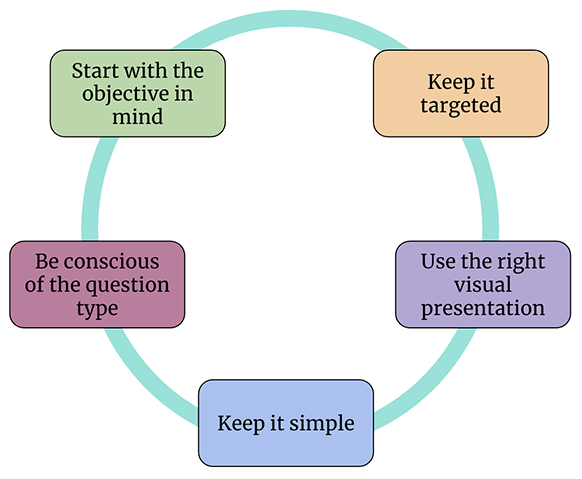
CES surveys are metric-driven, what is it that you want to measure and how can you get to the insights in the most efficient way? Distribution and analysis of insights have been fairly automated.
Take time to create a clear, actionable objective. It will help identify and prioritize the questions that matter most to improve CES.
As mentioned, keep the survey short. You are asking your customers to spend their valuable free time to help. Don’t bother them with a lengthy CES survey.
Keeping it simple also means that questions should not be leading. Avoid double-barrel and double-negative questions — they’re notorious CES survey destroyers.
Don’t bother all customers every time and any time with your survey. CES surveys are interaction-based. Being event-driven already reduces the number of customers it is presented to.
Challenge yourself on how to further reduce the intrusiveness by asking which other persona characteristics, previous experiences, etc. influence who the CES survey should be distributed to.
CES surveys typically consist of closed questions, which either use the Likert scale, number scale, or emoticon range. You can also add open questions. Use the most suitable type of question to meet your CES survey objective.
The visual aspect, AKA the presentation layer, should not be underestimated. Mobile-first has been buzzing around for a long time and well over 50 percent of online interactions happen on a mobile device.
Make sure the CES survey is optimized for mobile. Besides, keeping it simple also means keeping the user interface (UI) clean with minimal to no distractions.
To calculate CES, take the sum of customer effort ratings divided by the total number of survey responses:

The numbers depend on the type of questions you used in your survey:
Keep in mind that open questions are used for qualitative analysis and provide context.
In all cases, the higher the score, the better.
If the score is low, investigate the root cause (if you have added open questions, the responses might already give you a good start), and identify and implement solutions to improve it.
If the score is high, go celebrate! Make sure to collect CES regularly, as nothing remains the same forever.
Imagine you have a customer running into a problem that stops them from using your product. You want to measure how easy it is for the customer to have their problem resolved by working back with your customer service team.
This survey template on Jotform is great to acquire the needed insights to calculate CES:
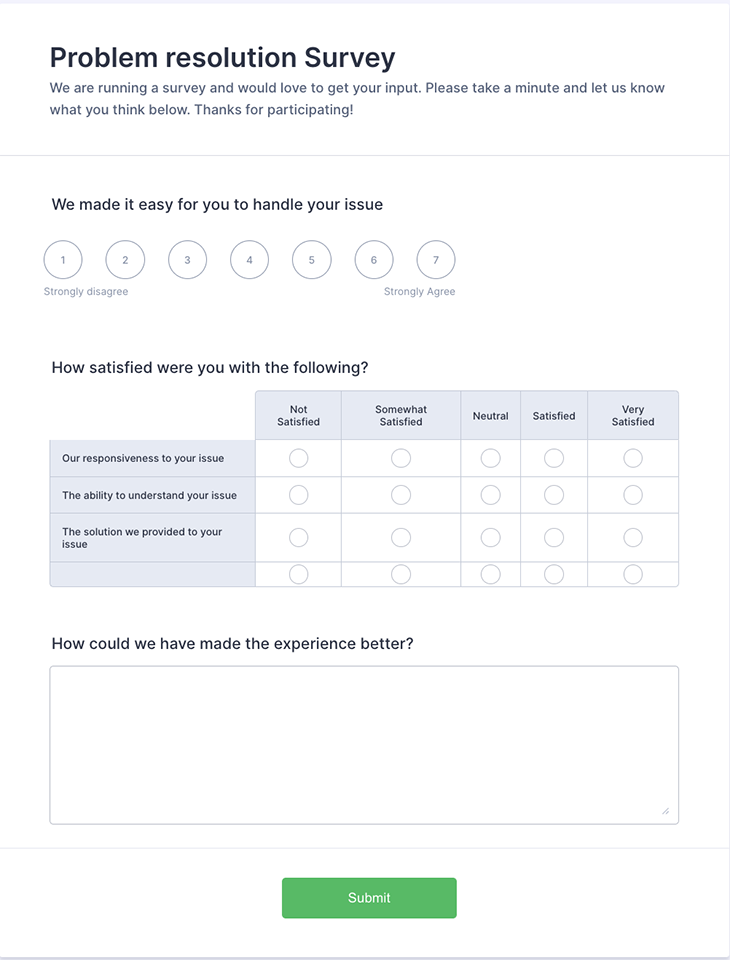
Customer effort score is a great indicator to understand and improve the customer experience. It allows you to act on inefficiencies and unsatisfactory interactions, improve the customer experience, and reap the benefits from it. CES is event-driven, so it is important to reassess the score on an ongoing basis.
Featured image source: IconScout
LogRocket identifies friction points in the user experience so you can make informed decisions about product and design changes that must happen to hit your goals.
With LogRocket, you can understand the scope of the issues affecting your product and prioritize the changes that need to be made. LogRocket simplifies workflows by allowing Engineering, Product, UX, and Design teams to work from the same data as you, eliminating any confusion about what needs to be done.
Get your teams on the same page — try LogRocket today.
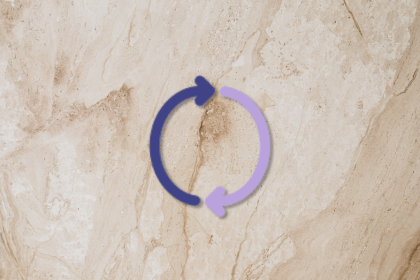
The continuous improvement process (CIP) provides a structured approach to delivering incremental product enhancements.

As a PM, you’re responsible for functional requirements and it’s vital that you don’t confuse them with other requirements.
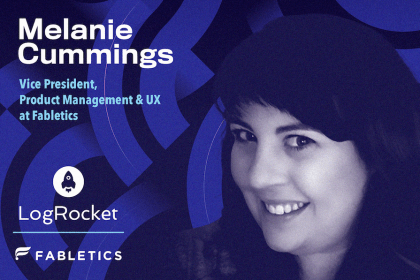
Melani Cummings, VP of Product and UX at Fabletics, talks about the nuances of omnichannel strategy in a membership-based company.

Monitoring customer experience KPIs helps companies understand customer satisfaction, loyalty, and the overall experience.
One Reply to "What is customer effort score (CES) and how to measure it"
Thank you for the insight on CES. I wish you had provided examples for each of the points though.